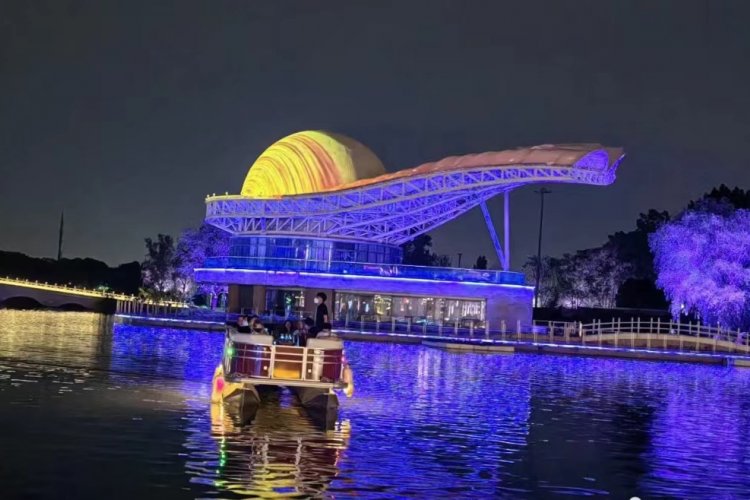Post-Zero Covid Travel: Getting to Taipei, Hong Kong & Back Again
When the news hit in late December that the Chinese government would readjust the Coronavirus to a “Category B” infectious disease from Jan. 8 onwards, thereby waiving many of the restrictions on international travel, public excitement was huge! This policy renewal was especially exciting considering that it would take effect in time for the Chinese New Year holiday on Jan. 22, which meant many people now had the option to make some last minute changes to their holiday plans. Thailand? Europe? America? No destination seemed too far out of reach after three years of strict travel restrictions.
However, since current flight prices still need time to drop back down to a level comparable to pre-Covid era prices, this author did not look all that far when choosing his travel destination. Instead, I opted to leave Mainland China to explore the Hong Kong Special Administrative Region (HKSAR) and Taiwan.
Last Code standing
Whoever had the guts to travel outside of the Chinese mainland within the last three years inevitably knows that this process required a lot of forms to fill out, a lot of QR codes to scan or produce, a lot of uncertainty and worry... and a lot of money, of course.

Well, those times are finally over! QR codes, PCR test results, and all that are no longer needed to travel between Hong Kong and the Chinese mainland.
The best (and cheapest) way to go from Beijing to Hong Kong currently seems to be a plane ride to either Shenzhen or Guangzhou. From there you can then either take a high speed train to Kowloon Western Station or the metro to the Futian Border Station, and then travel on using the Hong Kong metro system (MRT).

The immigration process still takes a bit of time, largely depending on the amount of people also traveling to your destination, so make sure to calculate for that in your itinerary. The immigration process took me around 40 minutes both times. All in all, it is a really straightforward and easy procedure, so don't sweat it. In Hong Kong you will find plenty of PCR test stations scattered around the city, although pricing is a bit steeper, with an express test (producing a result within six hours) costing you around RMB 250. Consider this the price of travelling at this moment in time. Fortunately, HKSAR Chief Executive John Lee has already mentioned in a recent press conference that they are in talks with the Beijing government to scrap the PCR test requirement once and for all.

No WeChat Pay, but do not panic!
Leaving the Mainland also means leaving your comfort zone when it comes to your beloved Alipay, WeChat Pay, Didi, Meituan and so on. At least for us laowais residing in Mainland China, we cannot use these services in Hong Kong. So it is either back to good old cash or other payment services like Apple Pay or credit and debit cards (Union Pay also works most of the time). And instead of calling a Didi, you will have the pleasure of being driven around the city by an Uber.

Most people you meet in Hong Kong will be able to speak not only Mandarin or Cantonese, but also perfect English, which makes navigating the city even easier for all the non-Chinese speaking foreigners.
A hub to the world
One of the many good things about Hong Kong is that it offers plenty of good flight connections to other destinations in the region. I therefore took the chance to fly to Taipei which, even during the holiday season, set me back less than 2,000 RMB for a round trip with budget airline HK Express. The entry requirements for the Taiwan regions are even fewer than those for Hong Kong, as they do not require a PCR test for travelers from Hong Kong or Macao. When coming directly from the Mainland, you may still be tested upon arrival, but this is also rumored to change soon.

For the return trip from Taipei to Hong Kong you are also not required to take a PCR test, however the official guideline states that you must take an antigen rapid self-test within 24 hours before your flight. In my personal experience, nobody actually asked for these test results in the end. This is especially good news since PCR tests in the Taiwan region are expensive, costing up to 1,000 RMB depending on the exact testing procedure.

To sum it all up, I can say that with the “Optimization of COVID-19 reaction” as of Jan. 8 2023, it is now very easy and worry-free to go for a trip outside of the Mainland and explore a bit more of the Greater China region. Especially for those who came to Beijing during the pandemic and have been unable to leave since, this is a great opportunity to do some traveling without having to go too far!
READ: Where To Get Covid Tests, An Updated List
Images: Ole Engelhardt







